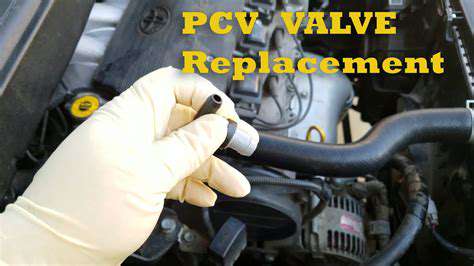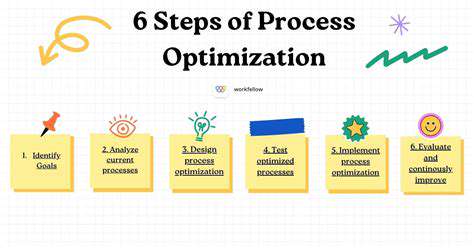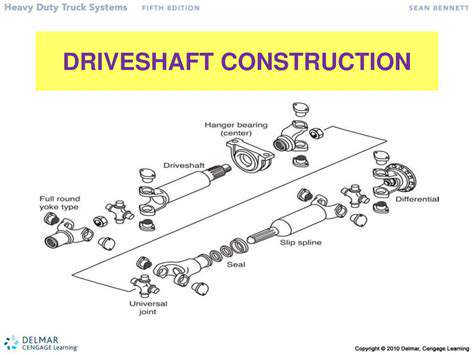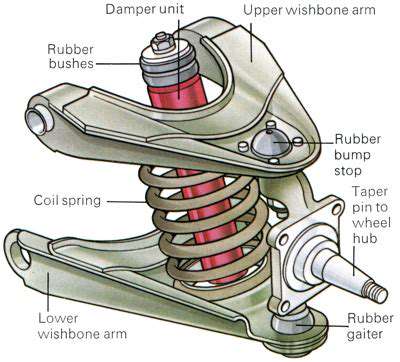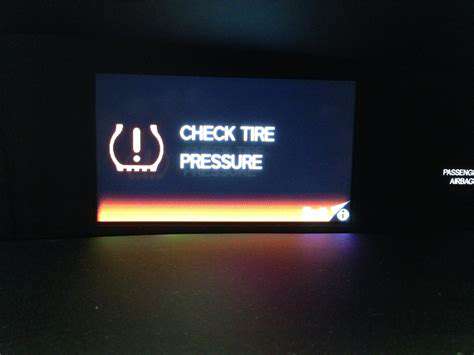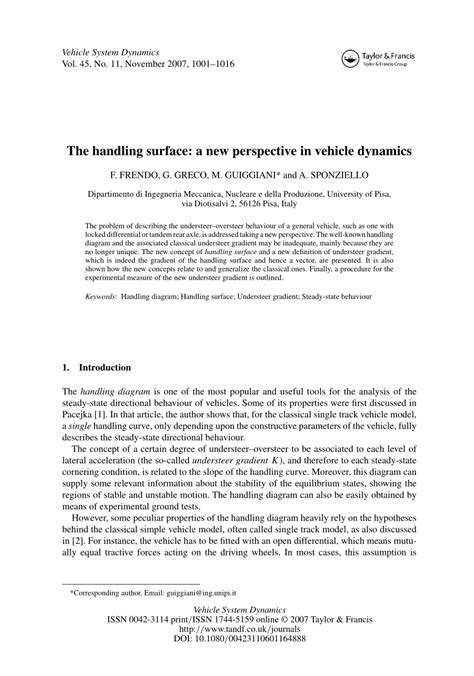The PCV valve, typically situated within the engine's ventilation system, is a one-way valve that allows gases to flow from the crankcase to the intake manifold. It operates based on pressure differences between the crankcase and the intake system. When the pressure in the crankcase rises above the pressure in the intake manifold, the valve opens, allowing the gases to flow through. Conversely, when the crankcase pressure drops, the valve closes, preventing the backflow of exhaust gases into the crankcase.
Its design often includes a spring-loaded mechanism that ensures proper valve operation under various engine conditions. This mechanism is critical for maintaining the integrity of the engine's internal components and preventing the entry of harmful contaminants into the lubricating oil. The PCV valve's efficient operation is a key element in maintaining a clean and optimized engine environment.
Maintaining PCV Valve Functionality for Optimal Engine Performance
Regular maintenance of the PCV valve is crucial for ensuring optimal engine performance and preventing potential issues. A faulty or clogged PCV valve can lead to a variety of problems, including reduced fuel efficiency, engine misfires, and a noticeable decline in engine power. Over time, debris and contaminants can accumulate within the PCV valve, hindering its ability to function effectively. Regular inspections and replacement, when necessary, are essential for preventing these issues.
A clogged PCV valve can also lead to a buildup of pressure in the crankcase, potentially damaging seals and gaskets. Symptoms of a failing PCV valve often include a noticeable oil leak, unusual engine noises, or difficulty starting the engine. Addressing these issues proactively through routine inspections and timely replacements can prevent more significant problems and help maintain the overall health of the engine.
Proper PCV valve function is essential for maintaining the overall health of the engine. Understanding its role and ensuring its proper operation are vital for maximizing engine performance and minimizing potential maintenance issues down the line.
In addition to routine maintenance, using high-quality engine oil and adhering to recommended maintenance schedules can significantly contribute to the longevity of the PCV valve and the entire engine system.
How PCV Valves Work: A Detailed Look
Understanding the PCV Valve's Function
The Positive Crankcase Ventilation (PCV) valve plays a crucial role in maintaining a healthy engine environment by managing the gases produced within the crankcase. These gases, primarily consisting of unburned fuel and combustion byproducts, are hazardous to the engine's long-term health if allowed to accumulate. The PCV valve acts as a crucial conduit, redirecting these gases back into the intake manifold for further combustion, preventing harmful pressure buildup and ensuring optimal engine performance.
This crucial function is essential for a smooth and efficient engine operation, preventing issues such as oil dilution and excessive crankcase pressure. Without the PCV valve, the crankcase would quickly fill with these gases, leading to a host of problems like reduced engine power and eventual engine failure.
The Components of a PCV Valve System
A PCV valve system isn't just a single component; it's a network of interconnected parts working in tandem. The valve itself is the primary component, situated within the crankcase, and it directly connects to the intake manifold. A hose or tubing system carries the gases from the crankcase to the valve and then to the manifold. Additionally, a one-way valve within the PCV system is critical, ensuring that the gases only flow in the intended direction, preventing backflow and preserving the integrity of the system.
Understanding the interrelation of these components is key to grasping the valve's overall function. Each part plays a crucial role in the efficient management of crankcase gases, highlighting the importance of a properly functioning PCV system.
The PCV Valve's Impact on Engine Performance
A functioning PCV valve directly impacts engine performance by preventing the build-up of harmful gases within the crankcase. These gases, if allowed to accumulate, can create excessive pressure, potentially damaging seals and gaskets. By routing these gases back into the intake manifold, the PCV valve ensures that they are utilized in the combustion process, contributing to enhanced fuel efficiency and power output.
Furthermore, a properly operating PCV valve helps maintain a consistent lubricating oil pressure within the engine. By preventing excessive pressure build-up, it reduces the risk of oil leaks and the dilution of engine oil, extending the life of critical engine parts.
Troubleshooting PCV Valve Issues
Identifying problems with a PCV valve can sometimes be challenging, but recognizing potential symptoms can help. Symptoms such as rough idling, difficulty starting, or a noticeable drop in fuel efficiency can often indicate a malfunctioning PCV valve. Additionally, excessive crankcase pressure can lead to a noticeable increase in oil consumption. Addressing potential issues promptly can prevent more serious engine problems.
Proper diagnosis, often involving visual inspection of the PCV valve and associated components, is essential for effective repair. If a PCV valve is suspected to be faulty, it's crucial to consult a qualified mechanic for diagnosis and replacement, ensuring the engine operates at peak efficiency.
Maintaining Your PCV Valve
Regular maintenance is key to ensuring the longevity and proper functioning of your PCV valve. Regular engine oil changes are crucial to maintaining the overall health of the engine and its related components, including the PCV valve. This helps remove any contaminants that could clog the valve or reduce its effectiveness.
Inspecting the PCV valve and associated hoses for any signs of damage or leaks is also essential. A damaged PCV valve or hose can lead to reduced performance and potentially more significant engine issues. Proper maintenance extends the lifespan of your engine and ensures optimal performance.
